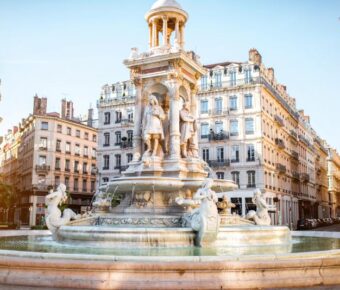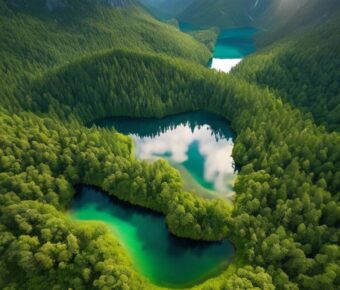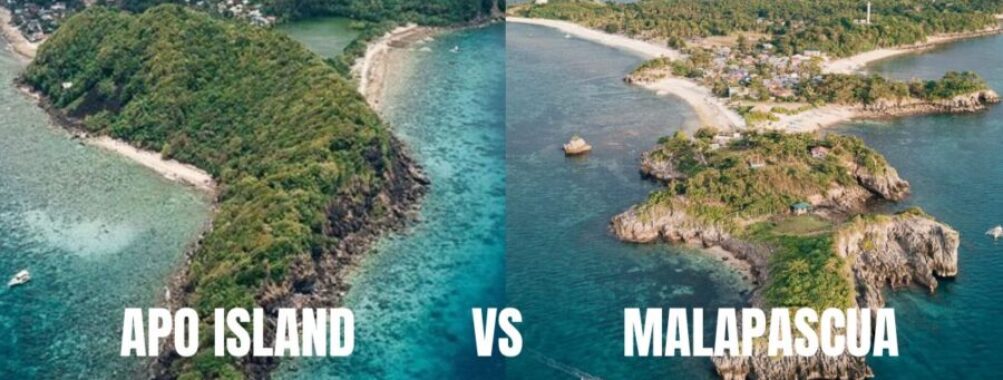
Apo Island vs Malapascua: 7 Key Differences Every Diver Must Know
Picking between Apo Island and Malapascua? Yeah, not exactly a breeze. Both are world-class dive spots—but honestly, they couldn’t be more different. If you crave untouched coral gardens and turtles popping up at every turn, Apo Island’s your paradise. But if thresher sharks and a grab-bag of dive adventures call your name, Malapascua’s got you covered. It really depends on what kind of trip you’re after.
I’ve spent time on both, and the contrast hits you right away. Apo’s got this slow, remote vibe—life just drifts by and the diving is all about lush reefs and protected waters. Malapascua? Expect more variety: wrecks, macro critters, and those pre-dawn shark dives everyone talks about. Plus, there’s a bit more to do after you hang up your wetsuit.
Table of Contents
- Key Takeaways
- Apo Island vs Malapascua: At a Glance
- Location and Accessibility
- Best Time to Visit
- Who Each Destination is Best For
- Diving Highlights and Signature Experiences
- Thresher Sharks at Monad Shoal
- Turtle Encounters and Drift Dives
- Macro Life and Unique Critters
- Coral Gardens and Marine Biodiversity
- Top Dive Sites: What Makes Each Stand Out
- Apo Island’s Rock Point and Coconut Point
- Malapascua’s Gato Island and Lighthouse
- Nearby Dive Destinations
- Marine Life Comparison: What You’ll See
- Big Fish and Pelagics
- Rare Macro Species
- Seasonal Sightings
- Travel Logistics and Accessibility
- Getting to Apo Island
- Getting to Malapascua
- Transfers Between Islands
- Beyond Diving: Other Attractions and Activities
- Island Hopping and Snorkeling
- Cultural and Nature Experiences
- Where to Stay and Eat
- Frequently Asked Questions
- What are the top diving spots to explore in Apo Island and Malapascua?
- How does the marine life diversity compare between Apo Island and Malapascua?
- Can you detail the unique experiences offered by Apo Island and Malapascua for underwater photographers?
- What are the accommodation options like on both Apo Island and Malapascua for eco-conscious travelers?
- What is the best time of year to visit Apo Island and Malapascua for optimal diving conditions?
- How do the conservation efforts on Apo Island contrast with those in Malapascua?
- Book Your Dream Experience
- More Travel Guides
Key Takeaways
- Apo Island stuns with vibrant coral reefs and turtles, all in a super chill setting
- Malapascua is the place for thresher sharks, wrecks, and a wider range of diving
- The two differ a lot in how you get there, the overall vibe, and what you can do when you’re not underwater
Apo Island vs Malapascua: At a Glance
Both islands sit in the Visayas, but they serve up totally different experiences. One’s tiny and remote, all about reefs and quiet, while the other mixes big shark thrills with laid-back island living and a little more buzz.
Location and Accessibility
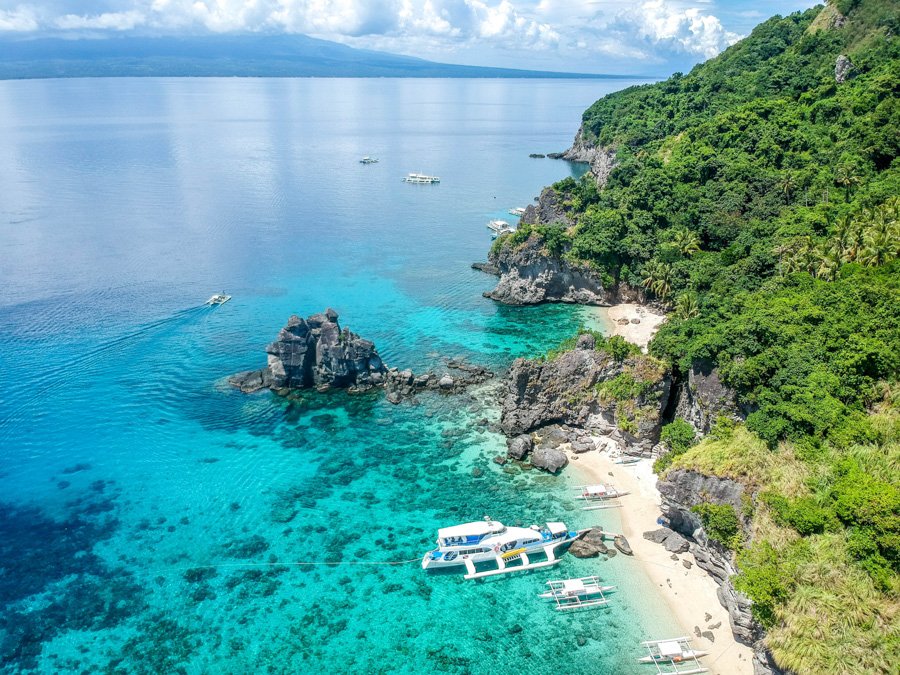
Apo Island floats just off Negros Oriental, close to Dumaguete. You’ll probably fly into Dumaguete, hop in a car for half an hour to Malatapay, then catch a short boat ride. It’s not complicated, but it does feel a bit out of the way—no airports or big ports here.
Malapascua sits north of Cebu Island. First, get yourself to Cebu City, then it’s a four or five hour bus or van ride to Maya Port, and finally a quick boat trip. The journey’s a bit longer, but Cebu’s international airport makes it easier for a lot of travelers to work into their plans.
Want fast access to a city? Apo wins, since Dumaguete’s right there. Already landing in Cebu? Malapascua might be easier. Neither is a “just show up” kind of place—you’ll have to earn your beach time with some travel.
Best Time to Visit
Both islands offer year-round diving, but the conditions shift. Apo Island usually has great visibility, especially from March to May. Rainy season can rock the boat rides, but diving stays solid.
Malapascua’s thresher sharks are around all year at Kinad Shoal. Best visibility is January through April. November and December? Things get a bit murky, so those early shark dives aren’t as clear.
If calm seas and coral gardens are your jam, Apo’s probably more forgiving. If you’re all about the sharks, Malapascua almost always delivers—just keep an eye on visibility if you’re hoping for that perfect photo.
Who Each Destination is Best For
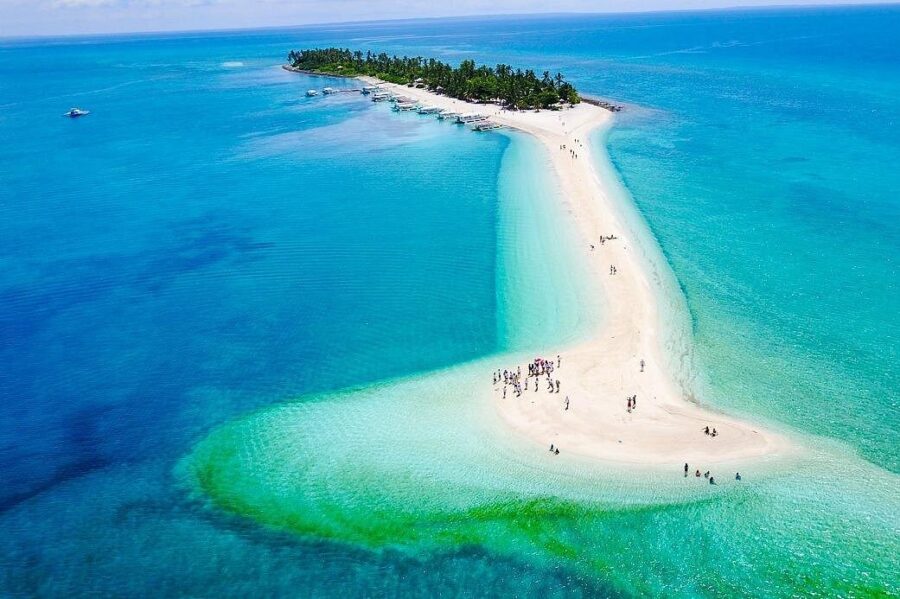
Apo Island is for anyone obsessed with coral reefs and turtles. Seriously, it’s a marine sanctuary with over 400 coral species, and snorkeling here is just as good as diving. It’s super quiet with just a handful of places to stay and zero nightlife, so it’s a dream for folks who want to unplug and soak up nature.
Malapascua? That’s for divers who want a bit of everything. Thresher sharks, maybe even tiger sharks, plus wrecks and trips to places like Gato Island for soft corals and weird critters. On land, you’ll find beach bars, cafes, and a laid-back backpacker scene.
To sum it up: Apo is for reef lovers happy to disconnect, while Malapascua is for thrill-seekers and travelers who want both adventure and a little social buzz. If you’re curious for more, check out the coral sanctuary of Apo Island or dive into the shark culture of Malapascua.
Diving Highlights and Signature Experiences
Apo Island and Malapascua promise totally different underwater adventures. One pulls you in with rare sharks, the other with jaw-dropping reefs and turtles just cruising by. You get two sides of Philippine diving—big animal thrills and a riot of coral color.
Thresher Sharks at Monad Shoal
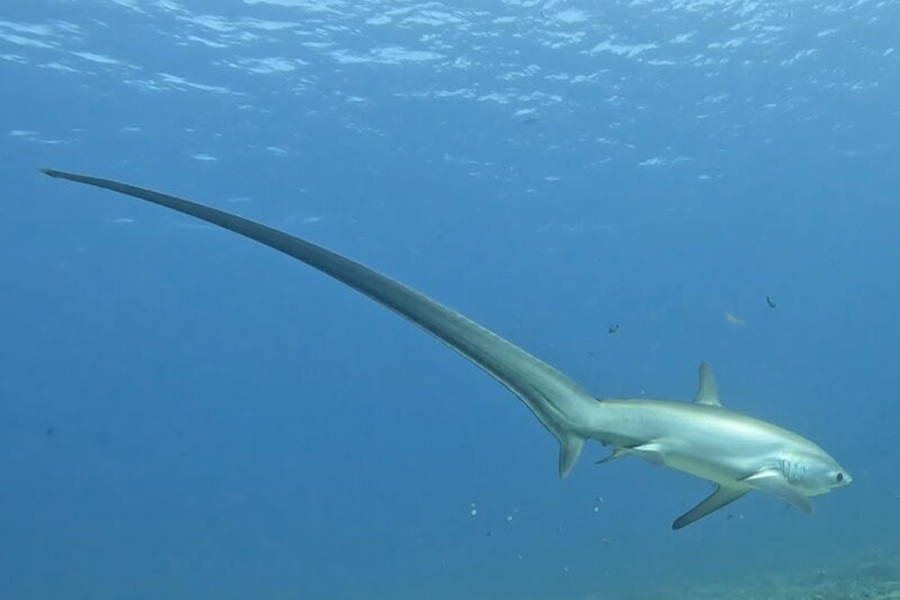
Malapascua’s main claim to fame? Thresher sharks. You’ll need to wake up before sunrise, jump on a boat, and head out to Monad Shoal or the newer Kinad Shoal. These sharks are shy, graceful, and those tails—impossible to miss.
Most places offer only a slim chance to see them, but here, sightings are almost a given all year. The dives go deep, so you’ll want that advanced cert. I remember sitting at 30 meters, barely moving, when a thresher glided right by—so close you could feel the water shift.
It’s not the adrenaline rush you might expect from a shark dive. Instead, it’s peaceful, almost zen, just watching these sleek creatures circle in the blue. That’s the magic of Malapascua—you don’t chase the moment, you just wait for it to find you.
Turtle Encounters and Drift Dives
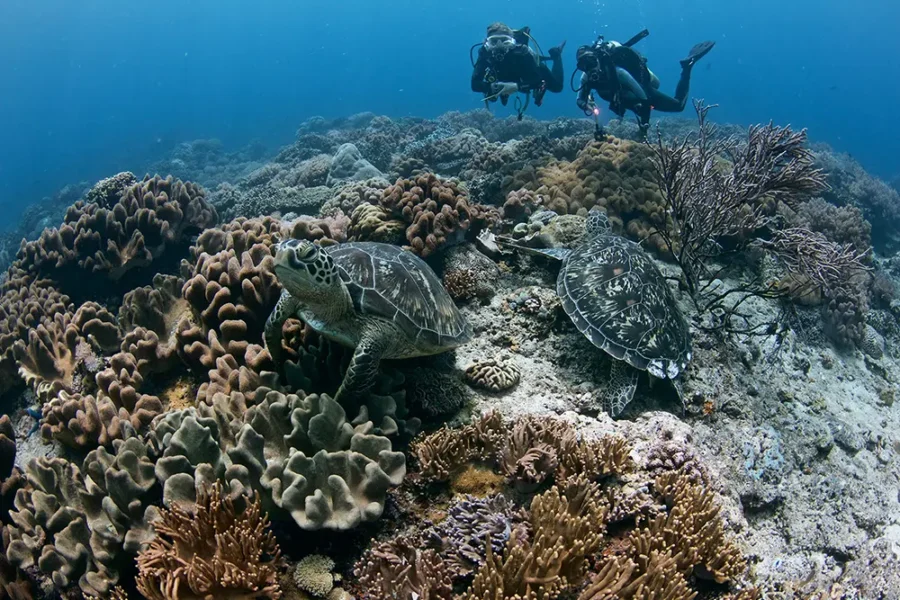
Apo Island is turtle central. Green and hawksbill turtles munch on seagrass or cruise along the coral walls. Some are huge, and honestly, they don’t care how close you get. I once drifted next to one for minutes, both of us just letting the current do its thing.
Apo’s famous for its drift dives. The water moves steadily around the island, carrying you along coral slopes with barely any effort. It’s super relaxing, though you’ve got to watch your depth.
Drifting with turtles and schools of jacks swirling overhead? Apo feels like an underwater safari ride. The ocean does the work, and you just soak in the show.
Macro Life and Unique Critters
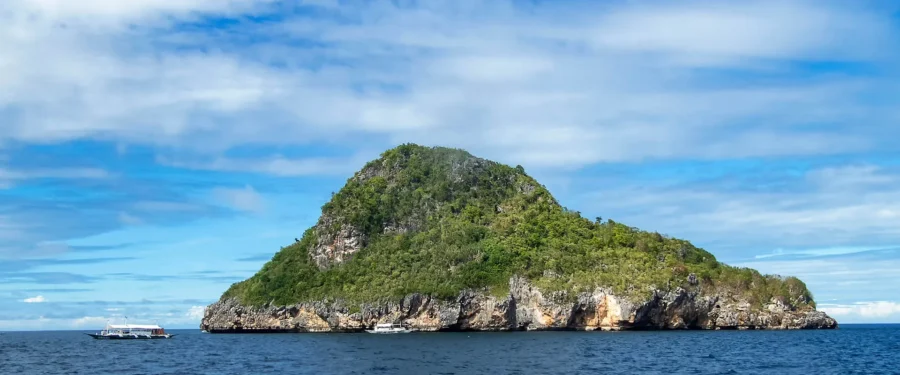
Not every dive is about the big stuff. Slow down and you’ll find plenty of macro treasures on both islands. Malapascua’s Gato Island is a hotspot for nudibranchs, pipefish, and sometimes sea snakes. If your guide’s got sharp eyes, you might even spot a pygmy seahorse hanging out on a fan coral.
Apo shifts the focus to critters hiding in the coral. I’ve seen flamboyant cuttlefish here, flashing neon colors like a living sign. Octopus are everywhere too, especially on sandy patches. They’ll eye you with that alien curiosity before vanishing into a hole.
These dives are slower, more detailed, and honestly, kind of addictive. If you get hooked on macro, you realize there’s a whole secret world most divers just zoom past. It’s a great balance to the big encounters at Monad Shoal or the turtle parades at Apo.
Coral Gardens and Marine Biodiversity
People often call Apo Island a living coral museum, and I totally get why. The marine reserve’s been protected for years, and it shows. Over 400 coral species and hundreds of fish species cram into a small area.
The coral gardens here are some of the healthiest I’ve seen anywhere in the Philippines. Hard corals form sprawling tables, and soft corals just sway in the current. You could spend an entire dive at 10 meters and never run out of things to see.
Malapascua’s not really known for coral, but there are still colorful patches and dive sites with good coral walls. Some reefs have taken a hit from bleaching, though. If coral diversity is what you’re after, Apo is hands-down the winner.
That’s what makes comparing the two so much fun—you get shark drama in Malapascua, then hop over to Apo for endless color and those coral gardens that seem to go on forever.
Top Dive Sites: What Makes Each Stand Out
Each island has dive sites with their own personalities. Some are wild with strong currents and big schools of fish, others are about caves, critters, and night dives that surprise you with something weird.
Apo Island’s Rock Point and Coconut Point
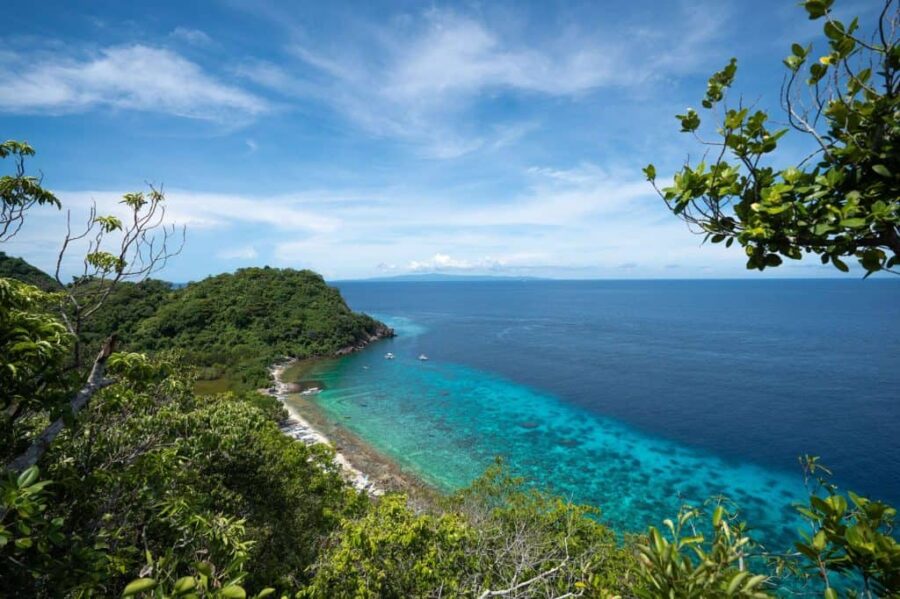
If you’re diving Apo Island, Rock Point and Coconut Point always come up as favorites. Rock Point is a sloping reef where you’ll almost always see turtles. I remember drifting by a green sea turtle that barely even noticed me—it felt like I was just another fish in the flow.
Coconut Point—locals call it “the washing machine”—is all about strong drift. You’ll need to be cool with current diving, but you get rewarded with huge schools of jacks and barracuda streaming past. The reef here is in top shape, covered in hard corals.
If you’re staying in Dauin, Apo’s just a boat ride away, so you can mix up muck diving in Dauin with reef dives at Apo. A lot of divers do exactly that—critters one day, turtles and fish schools the next.
Malapascua’s Gato Island and Lighthouse
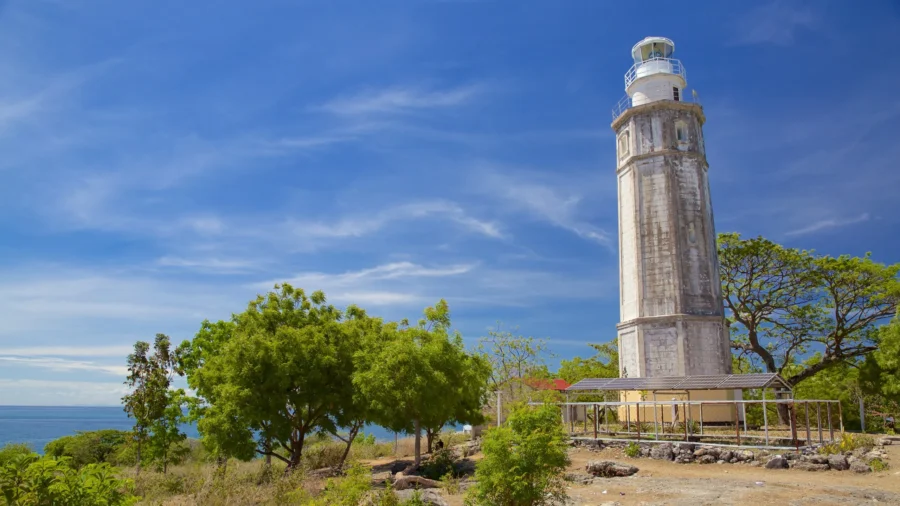
Malapascua’s famous for threshers, but Gato Island and Lighthouse will surprise you. Gato Island has a tunnel that cuts right through the rock. Swimming under the island with nurse sharks snoozing in the shadows? Unforgettable.
You’ll find vibrant soft corals and loads of macro life here. I once spent half a dive just watching a cuttlefish flicker through colors next to a coral head. It’s the kind of place where the little stuff is just as cool as the big.
Lighthouse is a dusk or night dive. This is where you catch mandarin fish doing their wild mating dance at sunset. It’s a quick, shallow dive, but honestly, watching that behavior is as special as seeing the threshers at Monad Shoal.
Nearby Dive Destinations
If you’re stretching your trip, check out what’s nearby. From Apo, you can pop over to Siquijor for mellow diving and chill island life, or take a ferry to Bohol to dive Balicasag, famous for barracuda schools and turtles. Cabilao’s another good one if you like walls and healthy reefs without the crowds.
From Malapascua, head south to Moalboal for the sardine run, or cross to Leyte for whale sharks when they’re in season. Got more time? Anilao near Manila is a macro lover’s dream, with critters that rival Lembeh in Indonesia.
If you want variety, it’s easy to mix sharks, turtles, macro, and even wrecks without spending ages in transit.
Marine Life Comparison: What You’ll See
Apo Island and Malapascua both deliver epic underwater moments, but the flavor is totally different. One’s a haven for healthy reefs and turtles, the other’s all about rare big fish and sneaky critters hiding in the sand.
Big Fish and Pelagics
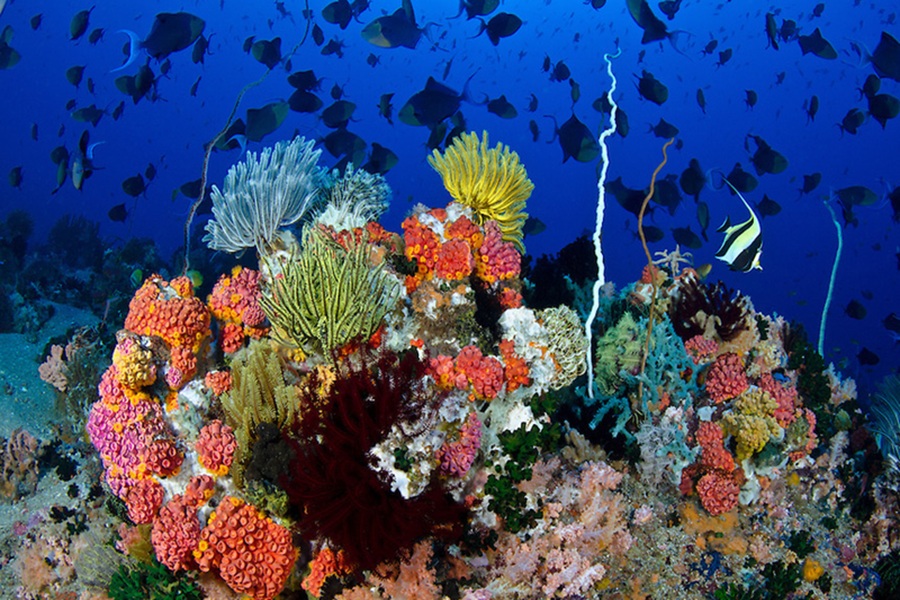
If you’re chasing big animals, Malapascua wins. It’s the only place on earth where you can reliably spot thresher sharks year-round at Monad Shoal. Watching those tails whip through the water at sunrise? That memory sticks.
You’ll also spot manta rays, big schools of jacks, and sometimes a reef shark or two. The dives here feel more like blue-water adventures than typical reef dives.
Apo Island doesn’t have threshers or mantas, but you’ll still get your fill of big marine life. The waters are packed with green turtles and hawksbills, often just chilling on the seagrass beds. You can literally snorkel right off the beach and bump into one. That easy access makes Apo a turtle lover’s paradise.
Rare Macro Species
Malapascua’s reputation for macro life surprises a lot of first-time visitors. You can spot flamboyant cuttlefish, seahorses, and, if luck’s on your side, even a blue-ringed octopus.
Gato Island sits just a short boat ride away and has become a favorite for nudibranchs and other tiny critters. I once spent almost an entire dive hovering over a patch of sand just to watch a flamboyant cuttlefish change colors—it felt like staring at a living neon sign.
If you’re into photography, this place fills up memory cards fast. Apo Island? It’s not really about the small stuff.
Apo’s strength lies in its coral gardens, which are honestly some of the healthiest I’ve seen in the Philippines. Sure, you’ll spot octopus tucked into crevices and plenty of damselfish and clownfish, but if rare macro is your passion, Malapascua definitely delivers more variety.
Seasonal Sightings
Seasonality really matters in Malapascua. The thresher sharks hang around all year, but mantas and hammerheads show up only sometimes, depending on the month.
The dry season—roughly November to May—usually brings calmer seas and better visibility. Apo Island, by contrast, feels steady.
The turtles never migrate, the corals stay vibrant, and the fish life just keeps going strong. You don’t have to plan your trip around a tiny window to catch the highlights.
That said, Apo can get rough seas during typhoon season, so timing still matters. But as far as marine life goes, you’re almost guaranteed a good show whenever you visit.
For more details on Apo’s coral reefs and turtle encounters, check out this guide to diving Apo Island. For Malapascua’s big fish action—especially those thresher sharks—see this overview of Malapascua’s marine biodiversity.
Travel Logistics and Accessibility
Getting to either island isn’t exactly a quick hop, and honestly, that’s part of the charm. You’ll spend some time on buses, ferries, maybe even a van or two, but the payoff is world-class diving and quiet beaches that feel a million miles away from the busier parts of the Visayas.
Getting to Apo Island
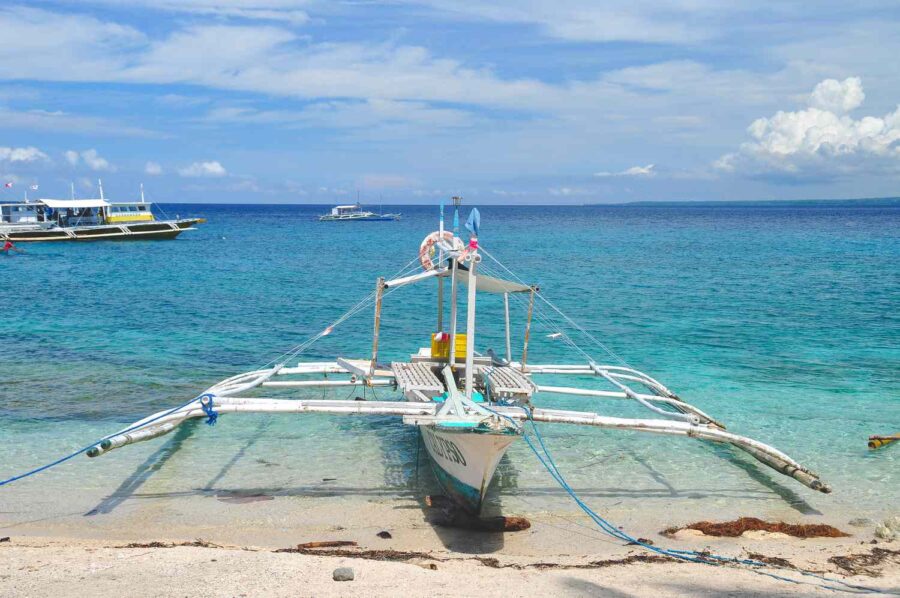
Apo Island is small and rustic. There’s no airport, no direct ferry from major hubs.
Most people fly into Dumaguete on Negros Oriental. You can check flights pretty easily through flight searches.
From Dumaguete, you’ll need to hop in a jeepney or bus to Malatapay, about 40 minutes away. At Malatapay, small outrigger boats ferry visitors across in 30 minutes.
The crossing can get bumpy if the sea’s rough, so waterproof your bags. My backpack’s gotten splashed more than once.
Bring cash—there are no ATMs on Apo—and expect a basic setup. Electricity runs limited hours, and accommodations are modest.
If you’re coming from Bohol or Siquijor, you’ll usually connect through Dumaguete first. Many dive shops in Dauin run day trips, so if you prefer a bit more comfort and food options, Dumaguete makes a good base while still giving you access to Apo’s marine sanctuary.
Getting to Malapascua
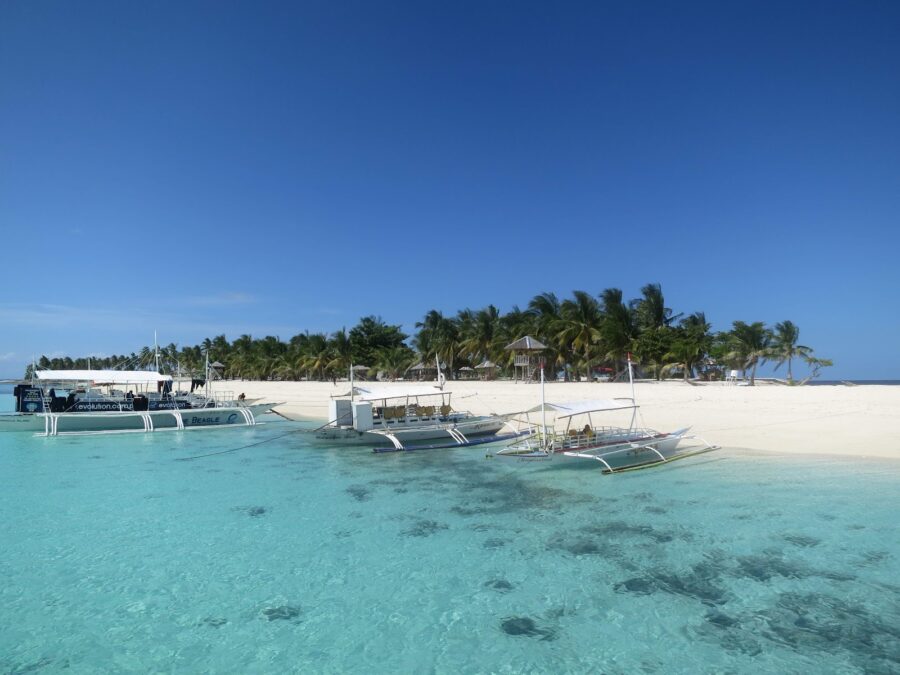
Malapascua sits off the northern tip of Cebu, so the journey almost always begins in Cebu City. From there, you’ll travel to Maya Port.
The most common way? Grab a bus from the North Bus Terminal—it takes about 5–6 hours. The buses are cheap, air-conditioned, and fairly comfortable, though they stop constantly.
Once at Maya, you’ll hop on a pump boat for the 30–40 minute crossing. The ride is simple, but it can get splashy, so keep electronics tucked away.
If you’re lugging heavy dive gear, you might want a motorbike taxi when you arrive. Walking across the island with bags isn’t much fun.
You can also take a private van or car, which cuts travel time to about 3.5 hours but costs a lot more. I’ve done both, and honestly, unless you’re in a rush, the bus is fine. Just grab snacks and water before leaving Cebu.
Transfers Between Islands
Getting from Malapascua to Apo Island isn’t straightforward. There’s no direct ferry, so you’ll need to backtrack to Cebu City first.
From there, you can fly or take a ferry down to Dumaguete. Travel between these spots can take most of a day.
One common route is Malapascua → Cebu City → Dumaguete → Apo Island. That means bus plus boat from Malapascua, then either a domestic flight or ferry to Negros. It’s not the cheapest or fastest, but honestly, it’s the only practical way.
If you’re trying to squeeze in Bohol or Siquijor, plan carefully. Maybe stop in Bohol first, then ferry to Dumaguete for Apo.
Travel in the Visayas often looks short on the map, but once you factor in transfers, it eats up time. Having good travel insurance and some flexibility is just smart.
For longer journeys, I always pack light and keep essentials in a dry bag. A little preparation saves you from headaches when you’re juggling multiple ferries and buses.
If you need extra kit, you can pick up travel gear before your trip so you’re not scrambling at the last minute.
Beyond Diving: Other Attractions and Activities
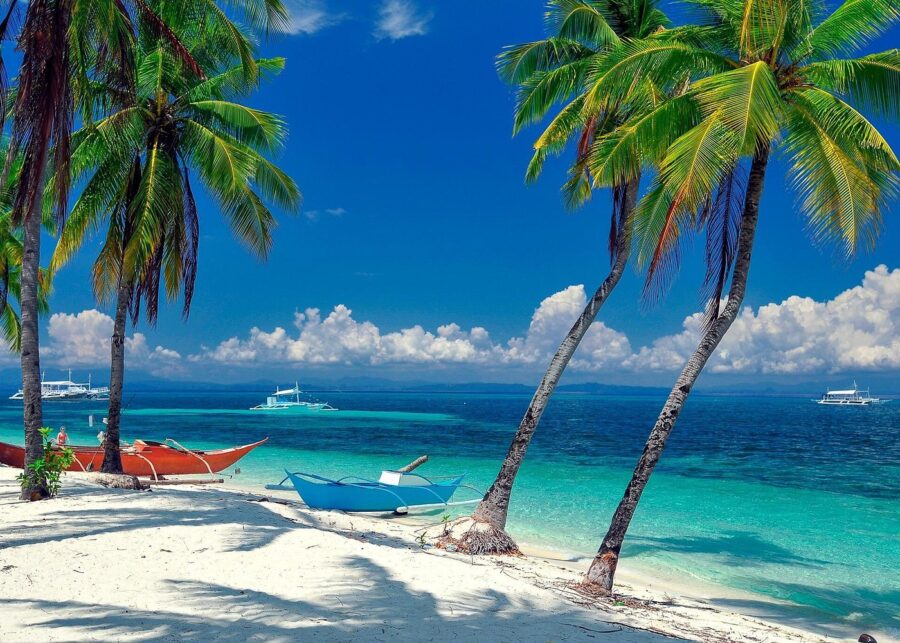
While both Apo Island and Malapascua are best known for diving, you’ll find plenty to do above the water too. Quiet beaches, island-hopping adventures, cultural encounters, and local food—these islands offer a lot more than just fins and tanks.
Island Hopping and Snorkeling
If you’re in Malapascua, one of the easiest day trips is to Kalanggaman Island. It’s about two hours away by boat and famous for its long white sandbar.
You can swim, snorkel, or just nap under the palms. The trip usually includes a simple lunch on the boat, which honestly just feels like the perfect island experience.
Apo Island is a snorkeler’s dream because of the sea turtles. You don’t need to dive to see them—just grab a mask and swim a few meters from shore.
The reefs are shallow and full of life, making it super family-friendly. If you want to plan ahead or compare different island tours, check out options through GetYourGuide.
It’s worth booking early during peak season, especially if you want to combine Apo with Bohol or add side trips to Anda or Siquijor.
Cultural and Nature Experiences
Malapascua is small, so you’ll quickly get a feel for local life. Rent a motorbike and ride past villages where kids wave at you, or join a community beach clean-up.
If you’re into a bit of adrenaline, the Lapus Lapus cliffs on the north side are popular for jumping into clear blue water. Apo doesn’t have roads, which makes it quieter.
You’ll walk everywhere, and that’s part of its charm. The island is home to a small fishing community, and you’ll often see locals mending nets or drying fish in the sun.
It feels more rustic compared to Malapascua. If you’re traveling through the Visayas, you might want to pair Apo with a visit to Bohol.
While Apo has turtles, Bohol has the famous tarsier—tiny primates with huge eyes you can spot in wildlife sanctuaries. It’s a cool contrast: marine life on one island, forest life on another.
Where to Stay and Eat
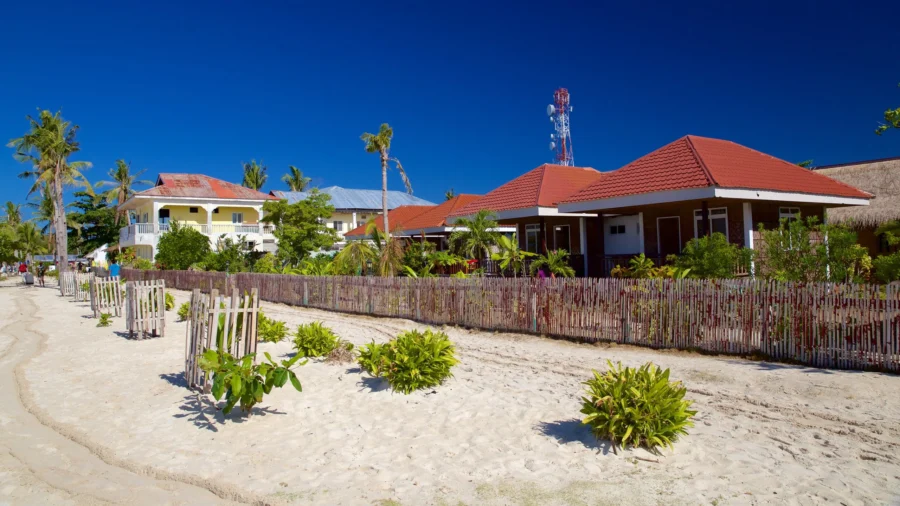
In Malapascua, most guesthouses and resorts line Bounty Beach. You’ll find everything from budget hostels to mid-range beach resorts with sunset bars.
Ocean Vida and Hippocampus are popular for food and drinks, especially during happy hour when divers gather after their morning dives. Apo is much simpler.
There are only a handful of guesthouses and basic homestays, so don’t expect luxury. Electricity is limited, and Wi-Fi is spotty at best.
But that’s part of what makes it special—you disconnect and focus on the island. Meals are usually home-cooked, with fresh fish and rice as the staples.
If you like to book in advance, especially during holidays, check out Booking.com. It’s handy for Malapascua since options fill up quickly.
For Apo, many places still prefer direct arrangements, but you’ll sometimes find listings online if you look early.
Frequently Asked Questions
Both Apo Island and Malapascua attract divers for different reasons. One’s all about coral gardens and turtles, the other’s about rare sharks and wrecks.
You’ll notice differences in marine life, conservation, and even the type of traveler each place tends to draw.
What are the top diving spots to explore in Apo Island and Malapascua?
In Apo Island, the highlights are the sprawling coral gardens and turtle encounters. Drift along Chapel Point or Coconut Point, where currents bring in schools of jackfish and barracuda.
Malapascua is famous for Monad Shoal, where you can spot thresher sharks almost daily. Gato Island offers caves and whitetip sharks, plus there are wreck dives and colorful reefs for both beginners and advanced divers.
How does the marine life diversity compare between Apo Island and Malapascua?
Apo Island leans heavily on hard corals and reef fish. You’ll spot turtles everywhere, and the coral cover is some of the healthiest in the Philippines.
Malapascua, on the other hand, is more about big encounters. Thresher sharks are the star, but you also get rays, blacktip sharks, and a wide mix of reef fish. The variety of dive environments means you’ll spot everything from tiny mandarinfish to pelagic species.
Can you detail the unique experiences offered by Apo Island and Malapascua for underwater photographers?
If you’re into wide-angle shots, Apo Island is a dream. The coral walls and turtle encounters give you those classic postcard photos.
Malapascua is trickier but rewarding. Shooting threshers at Monad Shoal means early morning dives and low light skills, but the payoff is huge. You also get macro opportunities with nudibranchs and mandarin fish, so there’s plenty to keep you busy.
What are the accommodation options like on both Apo Island and Malapascua for eco-conscious travelers?
On Apo Island, expect simple guesthouses and dive lodges. Electricity is limited, and many places run on solar or generators. It’s rustic but aligns well with eco-friendly travel.
Malapascua has more variety. You’ll find eco-lodges that use solar power and limit plastic, alongside mid-range resorts. If you care about sustainability, ask about waste management since the island is small and resources are tight.
What is the best time of year to visit Apo Island and Malapascua for optimal diving conditions?
For Apo Island, the dry season from November to May usually means calmer seas and better visibility. June to October can bring stronger currents and rougher boat rides.
Malapascua is fairly diveable year-round, but November to May is the sweet spot. Threshers show up daily regardless of season, but rough seas in monsoon months can make travel to the island less pleasant.
How do the conservation efforts on Apo Island contrast with those in Malapascua?
Apo Island has built its reputation on a marine sanctuary that’s been around for ages—one of the first in the Philippines, actually. Locals really get involved here, and you’ll notice they take fishing restrictions seriously.
Malapascua’s approach feels a bit different. Dive shops and NGOs tend to lead the way, since their conservation work only started picking up steam more recently.
Thresher shark protection? That’s definitely improved, mostly because the community finally agreed on some boundaries. But honestly, Malapascua still wrestles with waste management and the reefs take a beating every time a big storm rolls through.
Curious what other divers think? You’ll find some lively debates on ScubaBoard and Tripadvisor.

